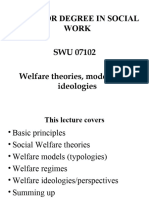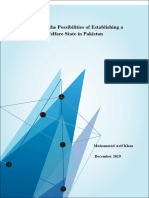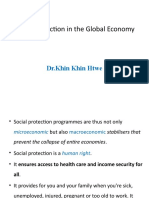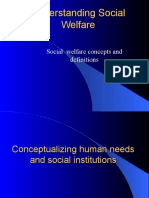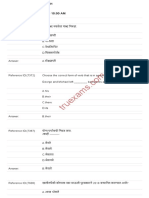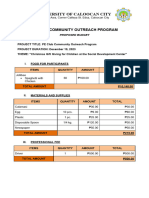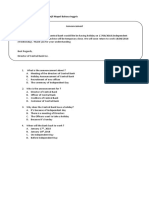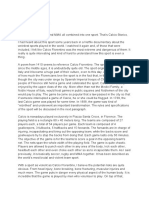0% found this document useful (0 votes)
69 views6 pagesSocial Welfare Assignment
The document discusses various models of social welfare, including the Personal Social Services Model, Social Welfare Model, Social Development Model, and others, each with distinct goals and frameworks. It emphasizes the role of government and community in providing social services and highlights the importance of addressing social inequalities and promoting citizen welfare. The conclusion reiterates that social welfare systems aim to assist individuals and families in need, varying by region.
Uploaded by
Hannah ECopyright
© © All Rights Reserved
We take content rights seriously. If you suspect this is your content, claim it here.
Available Formats
Download as PDF, TXT or read online on Scribd
0% found this document useful (0 votes)
69 views6 pagesSocial Welfare Assignment
The document discusses various models of social welfare, including the Personal Social Services Model, Social Welfare Model, Social Development Model, and others, each with distinct goals and frameworks. It emphasizes the role of government and community in providing social services and highlights the importance of addressing social inequalities and promoting citizen welfare. The conclusion reiterates that social welfare systems aim to assist individuals and families in need, varying by region.
Uploaded by
Hannah ECopyright
© © All Rights Reserved
We take content rights seriously. If you suspect this is your content, claim it here.
Available Formats
Download as PDF, TXT or read online on Scribd
/ 6
